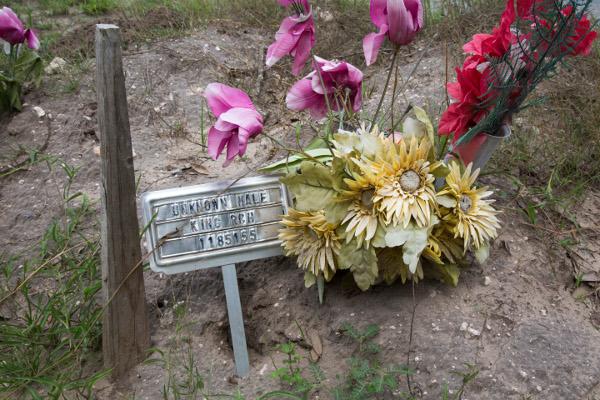
PHOTO/JIMWESTPHOTO.COM
WESLACO, TEXAS — The dog days of summer and climate change are present in the Rio Grande Valley of South Texas. Experiencing 105 to 108 degrees in the shade and more in direct sunlight, a toll is taken on the region with endless drought and occasional downpours causing flash flooding and property damage, including loss of livestock and worthless land.
Once again we hear of another surge of immigrant refugees coming through our southern borders with Mexico, especially the Rio Grande Valley. Now, with the fall of the Mexican peso and world trade markets plunging to historically low levels, the influx of immigrants could become the same as last year.
Bypassing the valley and entering through Falcon Dam, they traverse the northern parts of Zapata, Starr, Jim Hogg and Brooks counties, in an attempt to avoid the Border Patrol. They arrive at a point north of Falfurrias, Texas to get a ride to Houston or Dallas. This is a desolate land of cattle “Rancherias”, no water, rattlers and high chaparral. Carrying only scant water and food, immigrants traverse these 50 miles of wilderness at a fast trot. Don’t get lost or disorientated, or run out of water. At times you may want to give up, get help at some ranch, turn yourself in and get deported or you can die out here. Many are successful but many are not that lucky.
In the summer of 2014, between 300-400 corpses were discovered in several mass unmarked graves around the Falfurrias, Texas area. The bodies were turned over to local funeral companies which discarded the remains when no one claimed them. Through the efforts of Eduardo “Eddie” Canales, the South Texas Immigration Center in Falfurrias, Texas, a number of the bodies have been identified. The families would appreciate anything that could remind them of their lost relatives to bring closure.
The center, along with some progressive ranchers, set a network of watering stations and resting areas on private land to assist stranded immigrants and help them in their trip to the Norte in search of the illusionary American Dream.
We have to ask: is this the kind of society we want?
